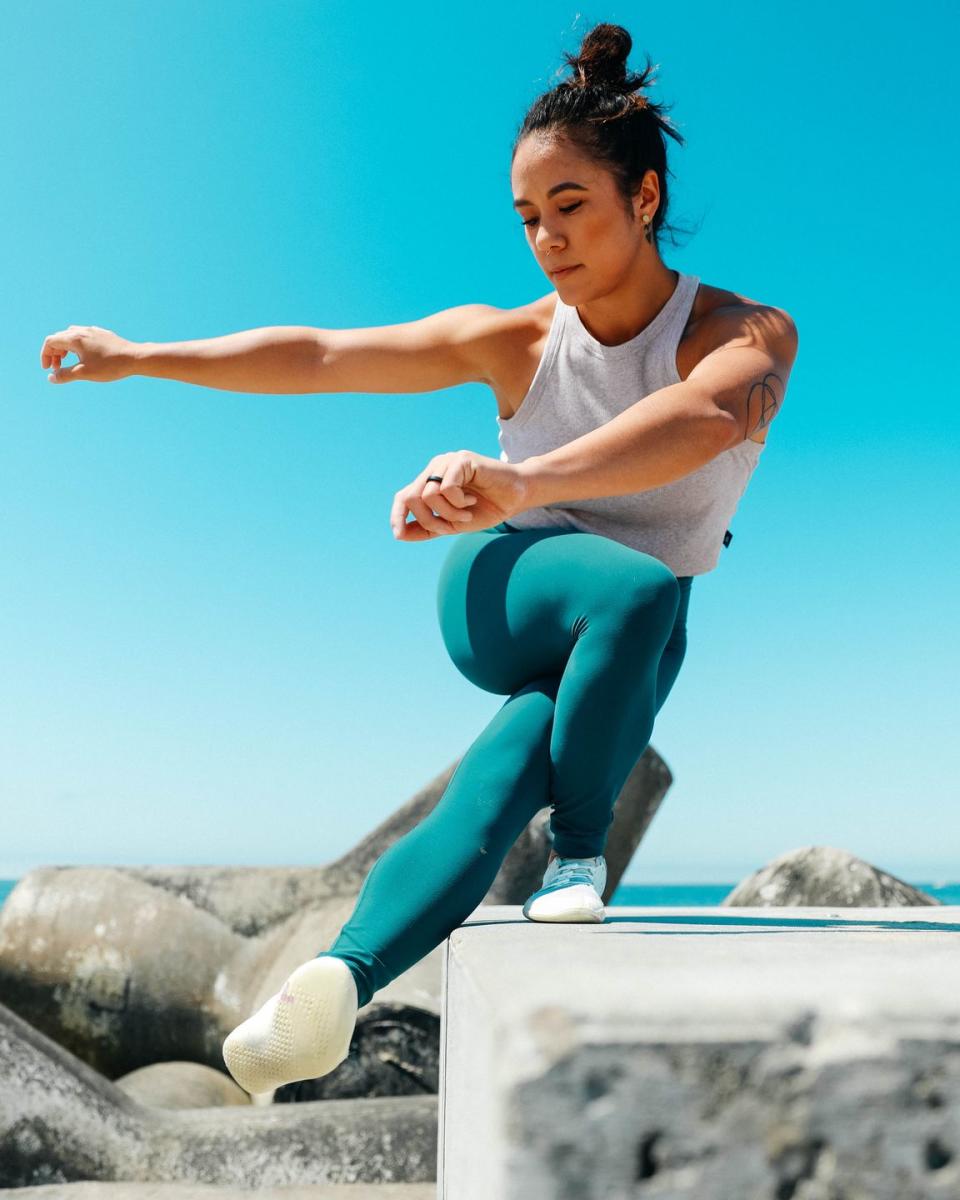Why Aren't There More Asian-Americans in Fitness?

I WAS THE piano prodigy in Georgia as a child—every Asian mother’s dream.
I performed with the Savannah Symphony Orchestra when I was 12 years old. I was a straight-A student. Everywhere, my mother, a first-generation American, bragged about my latest musical or academic accomplishment.
But after college, I wanted to help others find lasting health. I jumped into hot-yoga teacher training. Completing this felt like an accomplishment. In my mother’s eyes, it was a disappointment.
Everything my mother did was rooted in love. As an immigrant who came to this country without a high school diploma, she worked hard, and she wanted me to seize every opportunity that she never had growing up in South Korea. “You can be anything you want to be,” she told me when I was a child, but I always knew deep down that she had a very specific vision. She wanted me to attend an Ivy League university and never have to worry about money again.
Security and success are every Asian mother’s wish for her child. Fitness takes a back seat. One 2015 study showed that Asian Americans are less likely to meet basic U. S. guidelines for weekly physical activity than other racial and ethnic groups. An Asian mother’s idea of success usually involves a corner office, a six-figure salary, and a 401(k), and I’m hardly the only Asian who was steered away from sports. Only 1.8 percent of male athletes participating in NCAA-sanctioned sports are Asian. (Asians make up 5.9 percent of the U. S. population.)
When you don’t see anyone who looks like you on a field of play or in the gym, why bother trying? “Let’s say you have an Indian kid who wants to play football in high school,” says Dee Gautham, CPT, founder of online coaching company the Boss Body Revolution. “If his parents immigrated to the U. S. when he was young, there’s a good chance he didn’t grow up tossing the ball around with his dad on Sundays or watching football on TV. He may be at a disadvantage when it comes to tryouts, both with his skills and outlook.”

Coupled with Confucian ethics, which placed scholars at the top of the food chain and physical laborers at the bottom, it’s a recipe for long-term health issues in 2020. One recent study of Asian-American subgroups found that Vietnamese Americans are more than twice as likely as whites to report fair or poor health. Korean, Filipino, and Japanese Americans are more likely than whites to report that they have diabetes.
When I created my recent fitness and lifestyle program, the 8-Week Shift, the target was the everyday person with a full schedule, especially Asians who aren’t accustomed to prioritizing health. (I haven’t done anything specific to reach out to Asians, but they’ve responded positively to the program.)

I can’t say I’ve completely eliminated my mother’s concerns for my career. But while visiting my parents recently, I overheard her on the phone talking to a family friend. She said I was “doing really good.”
You Might Also Like

